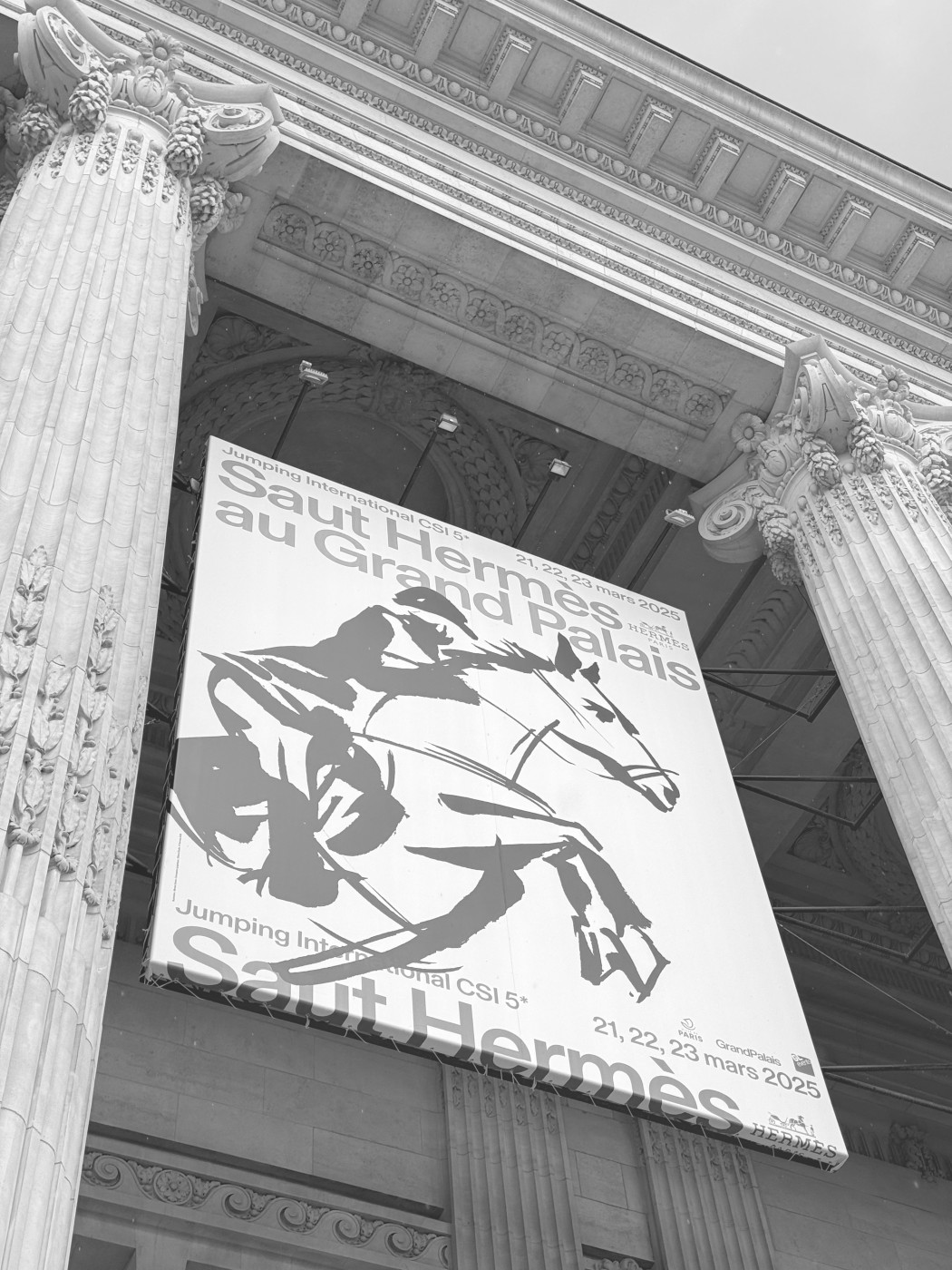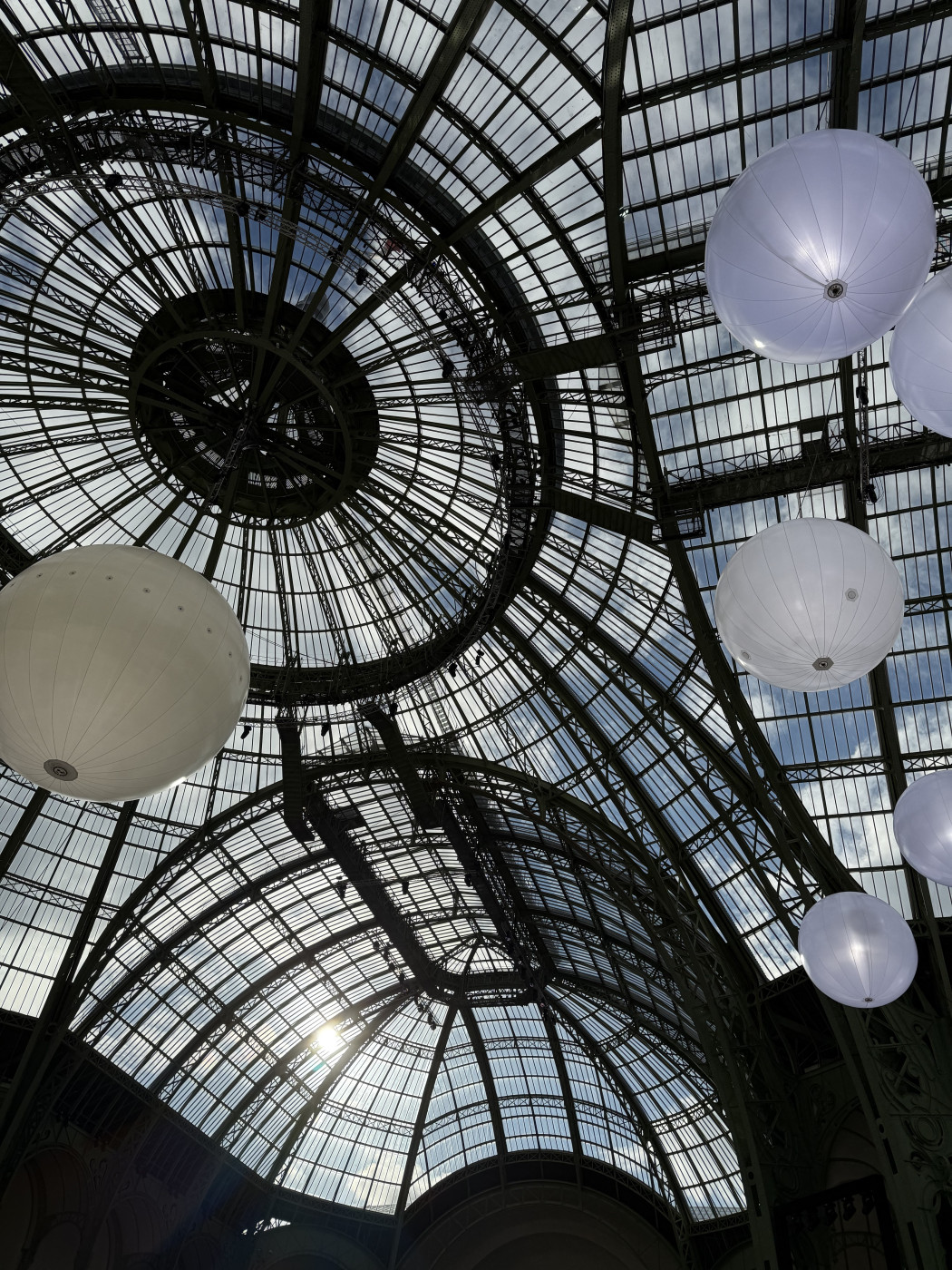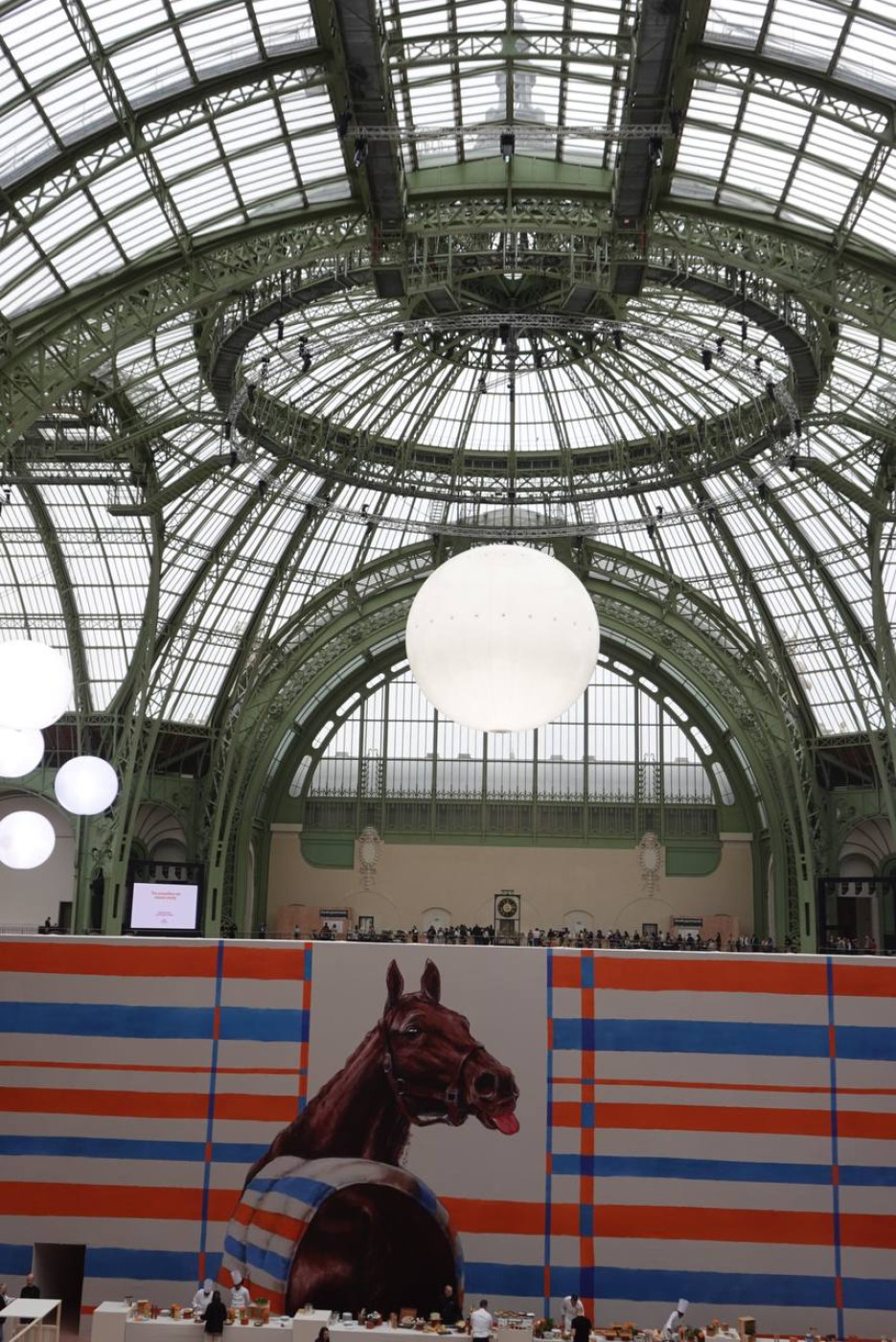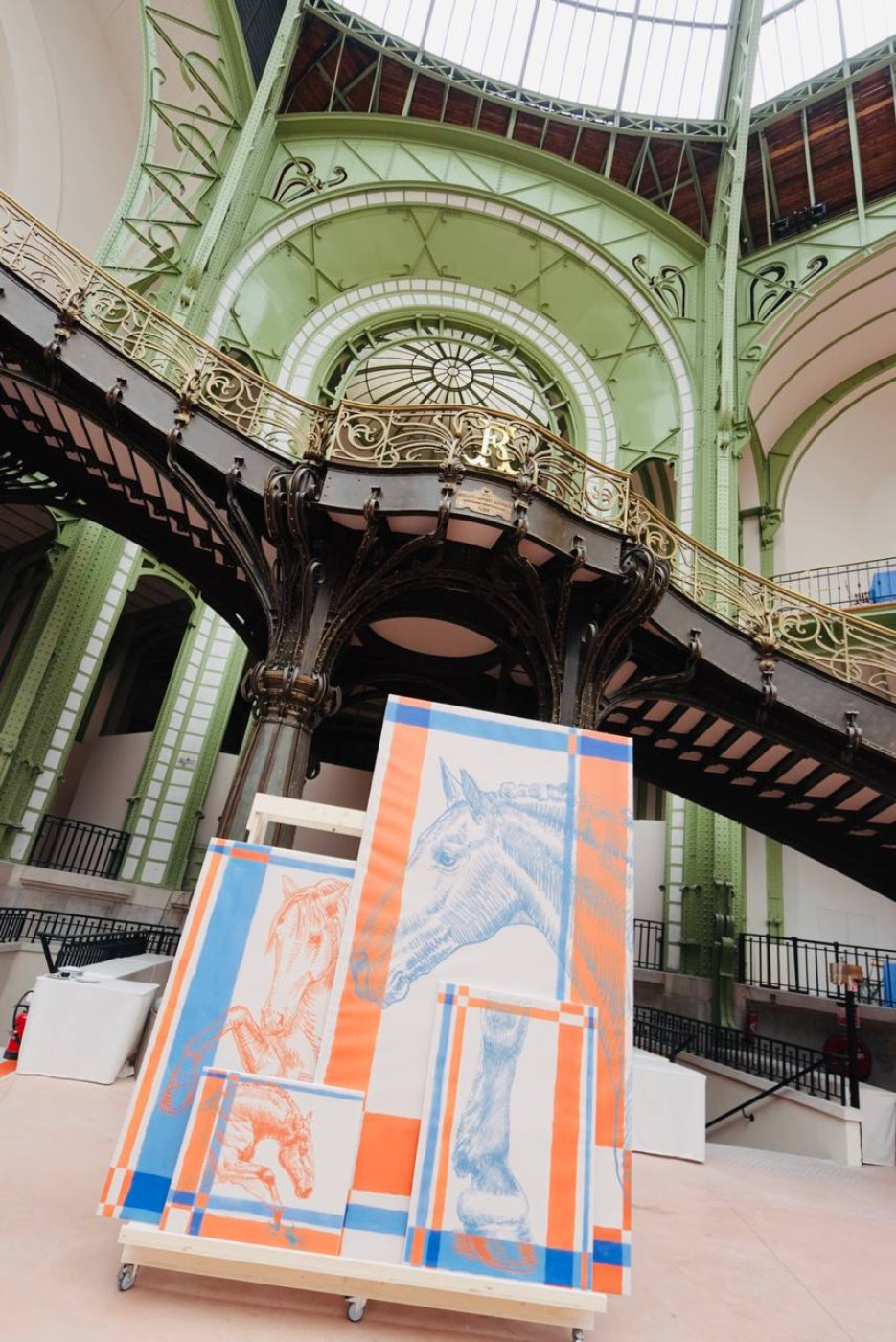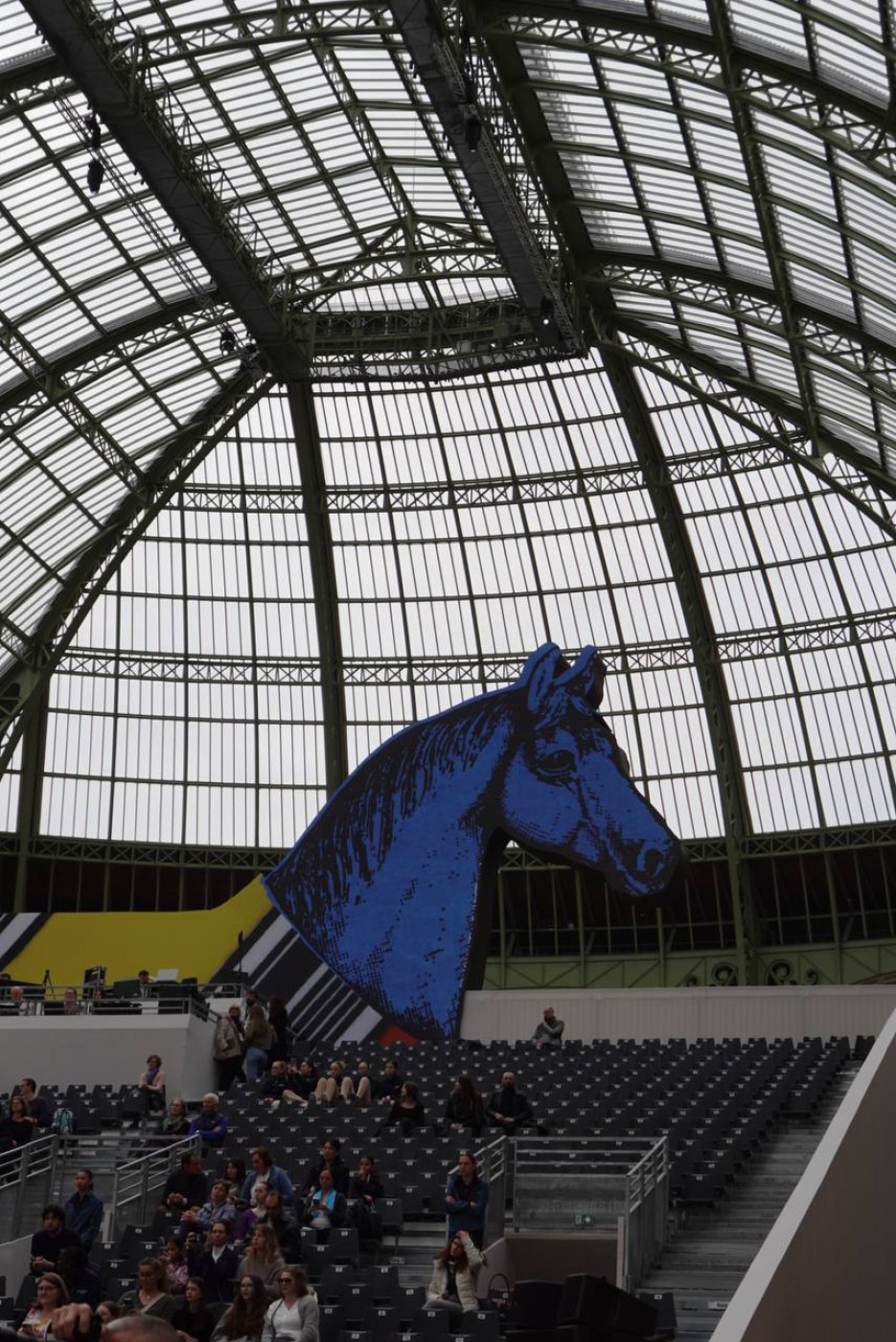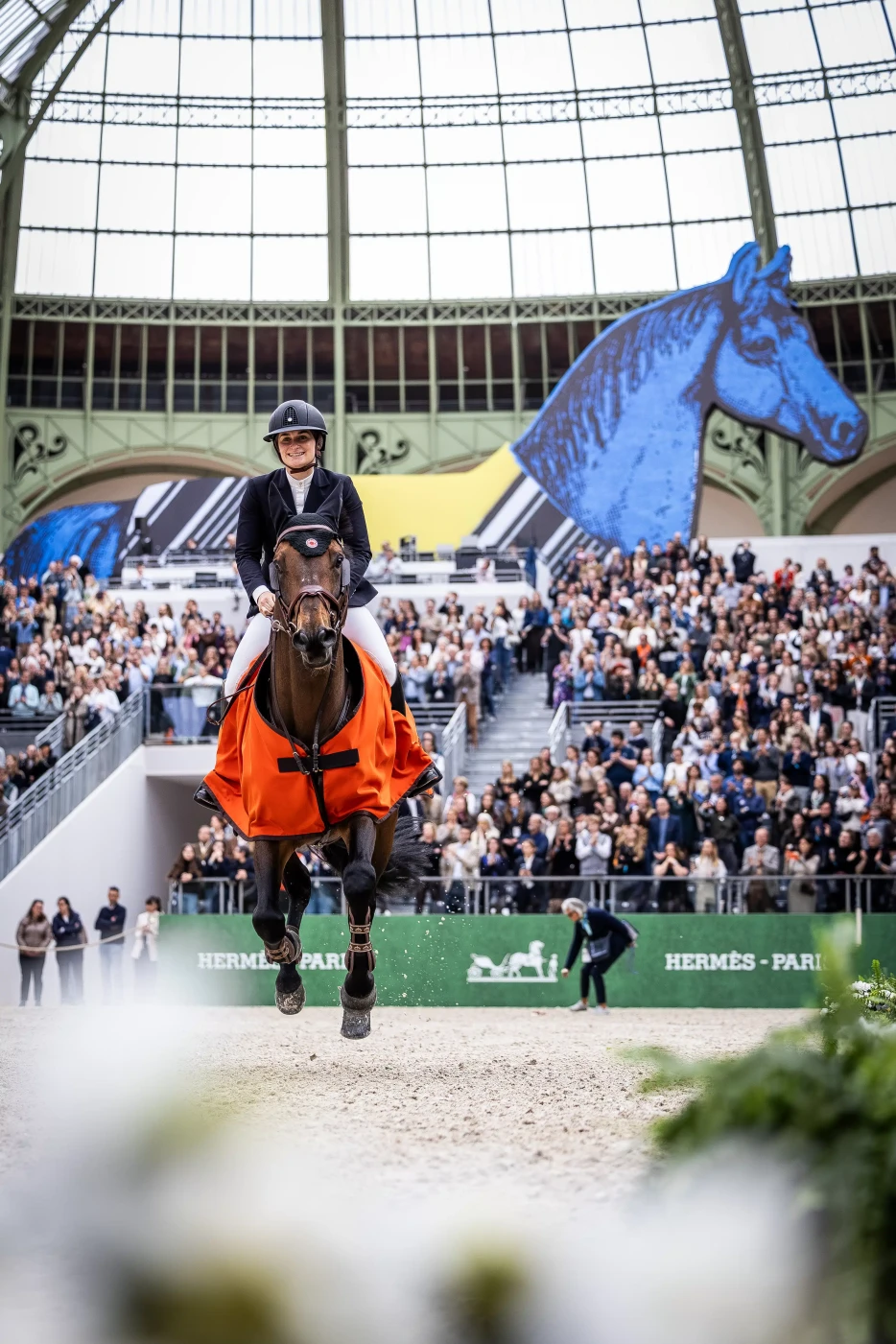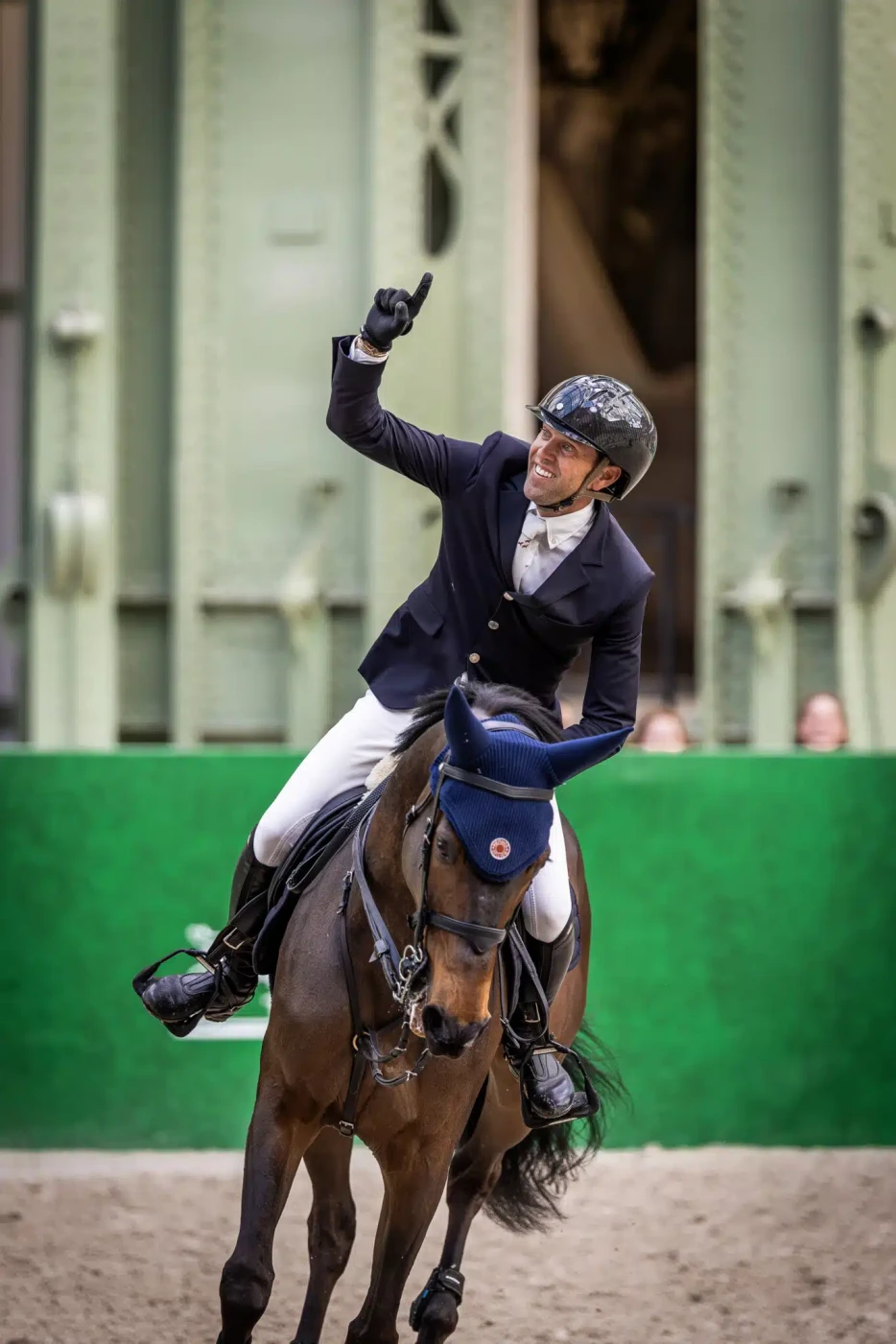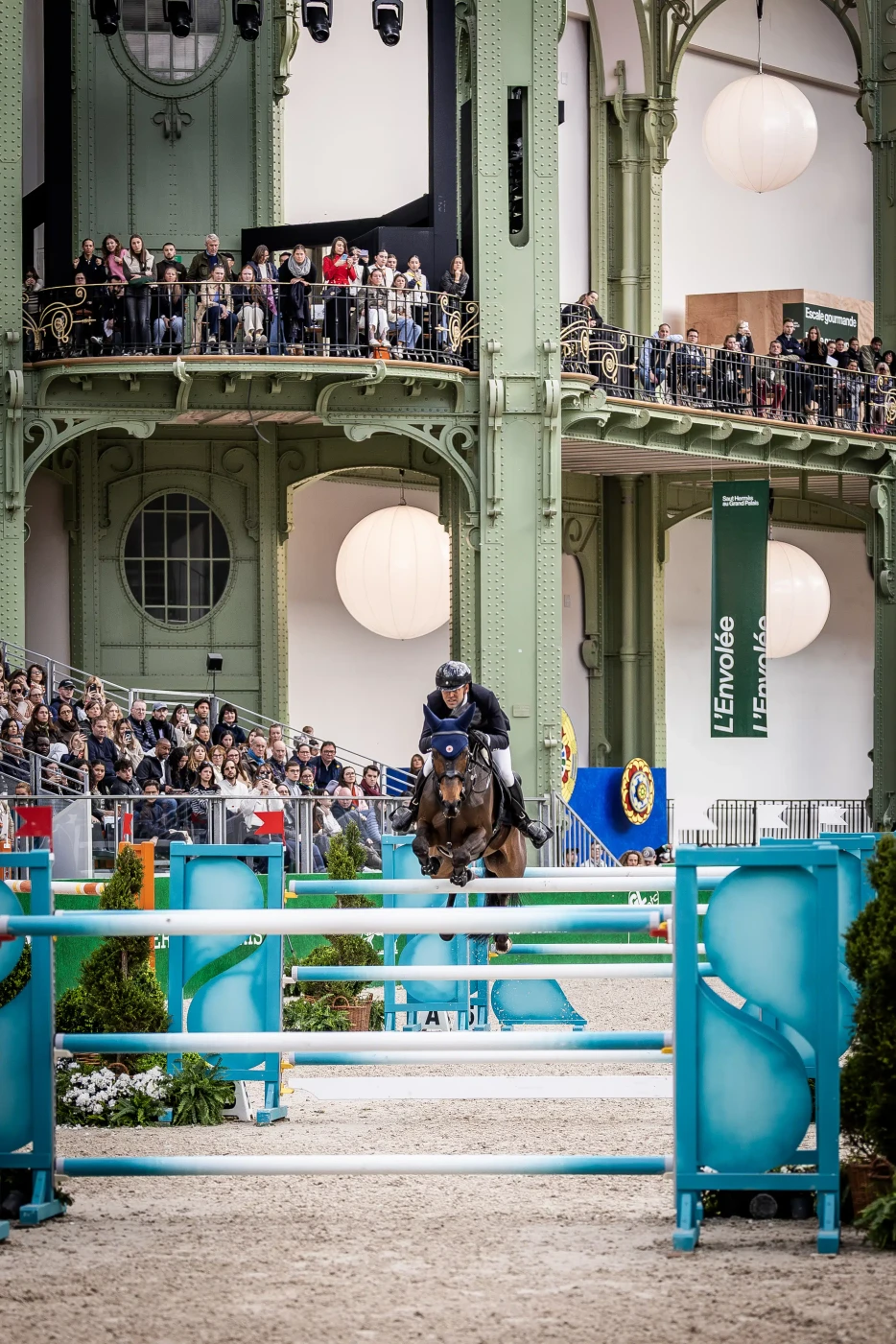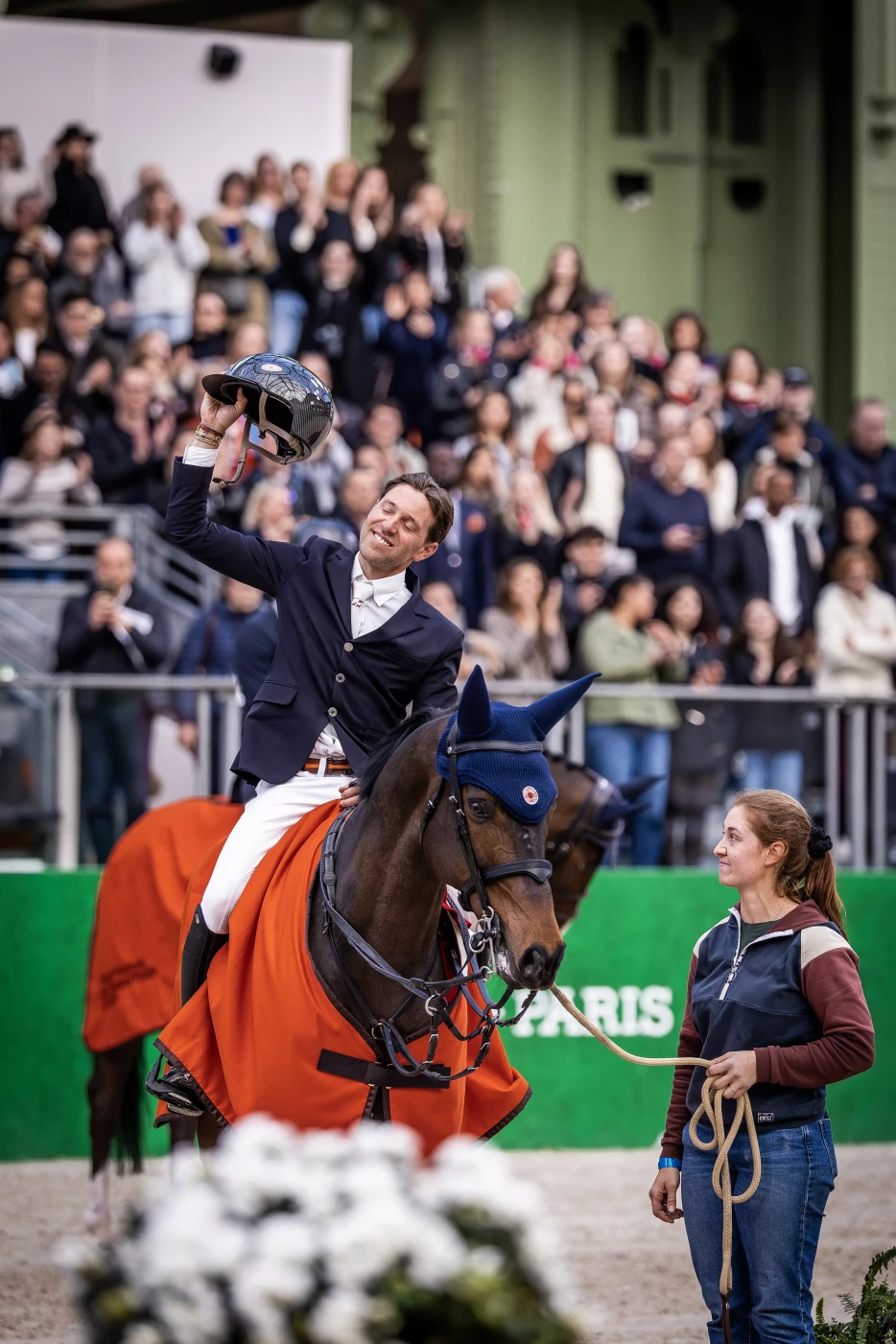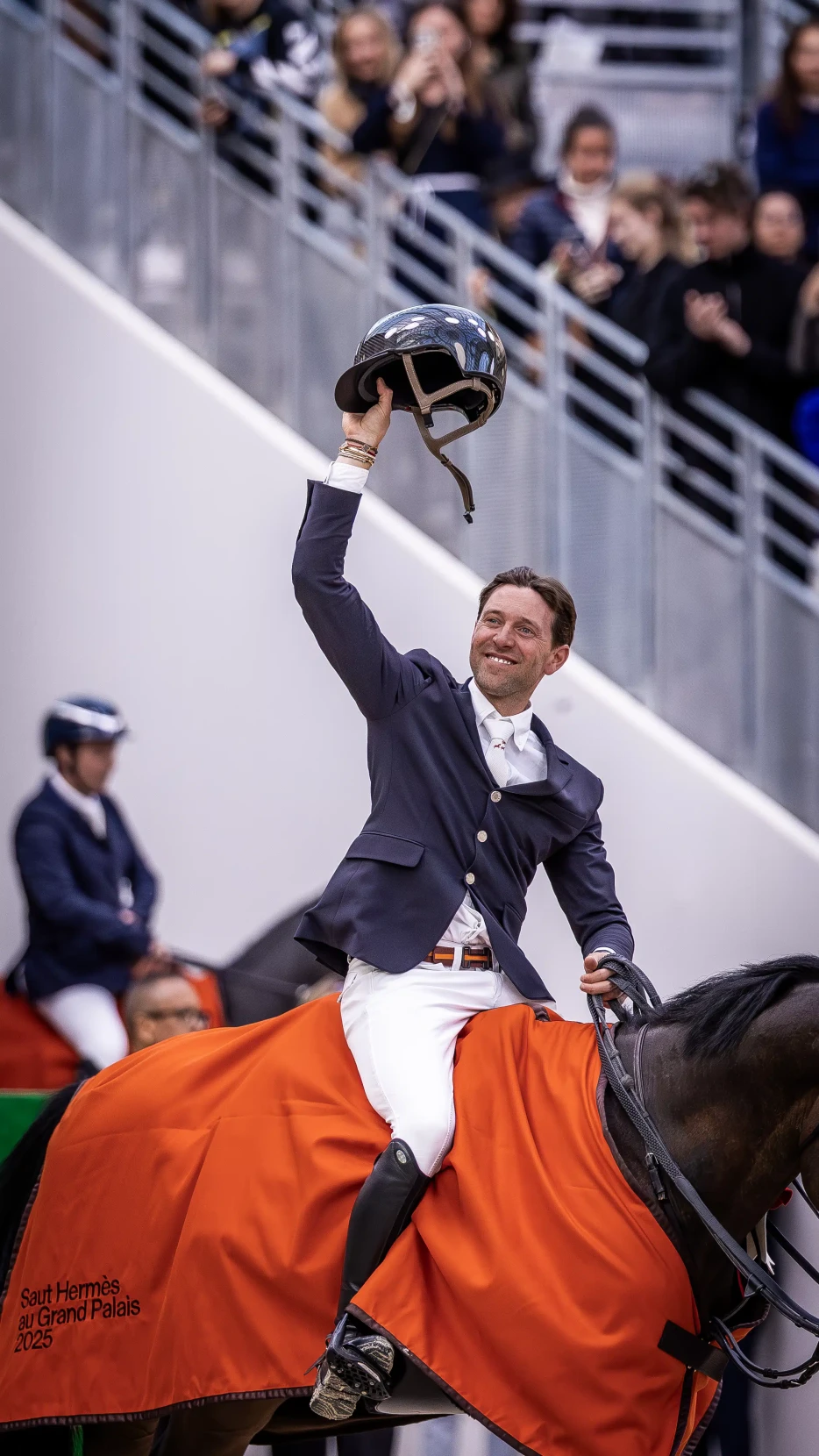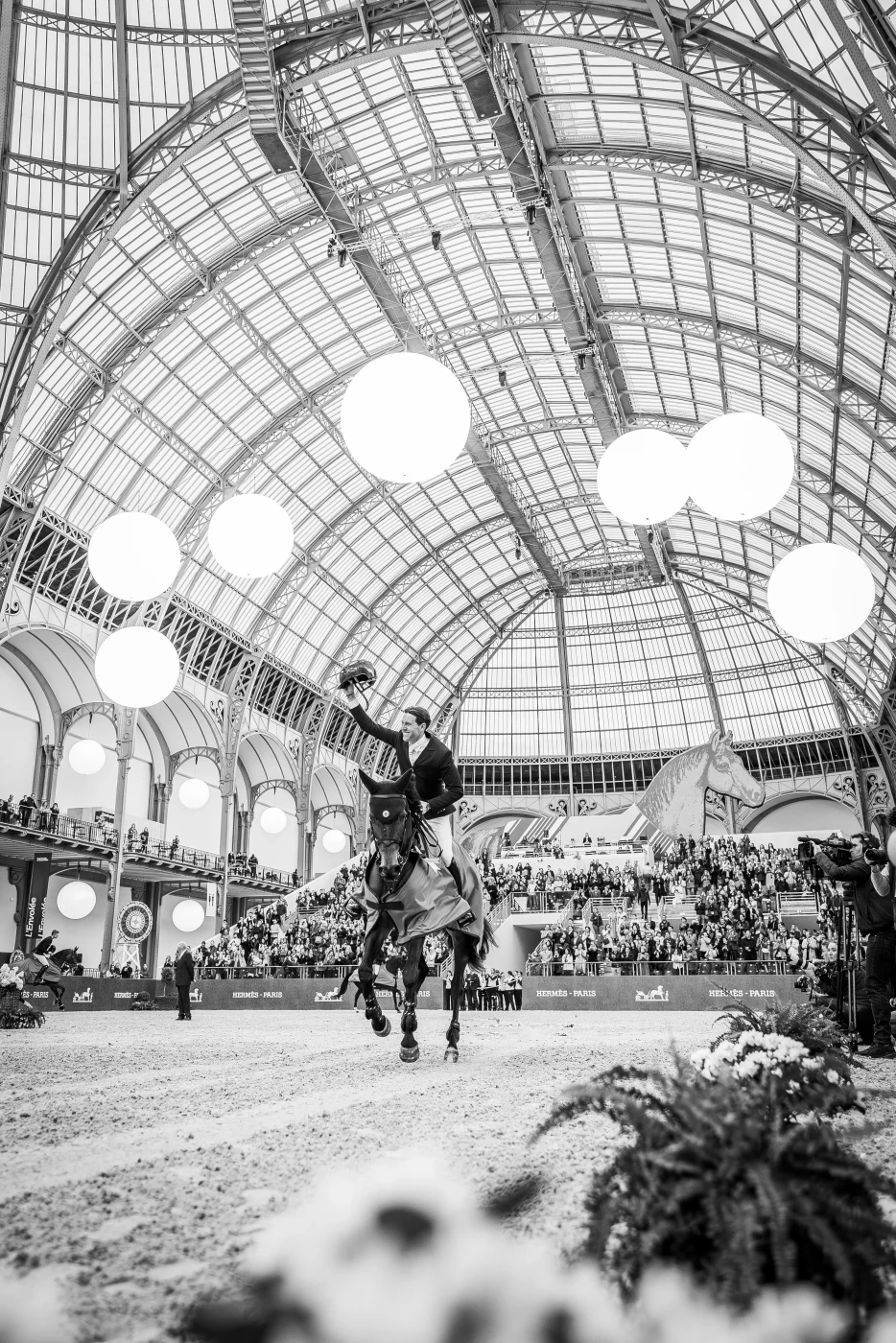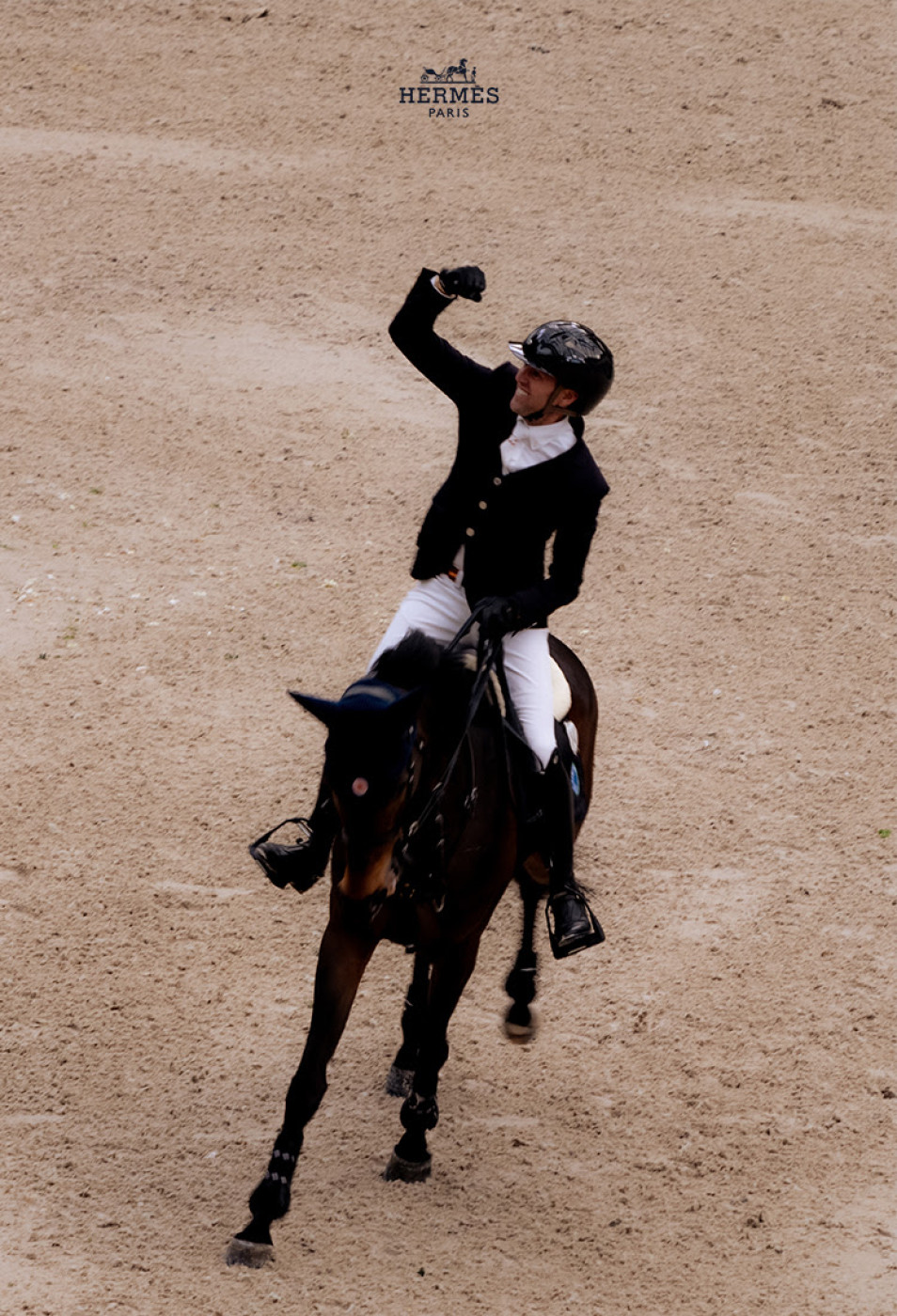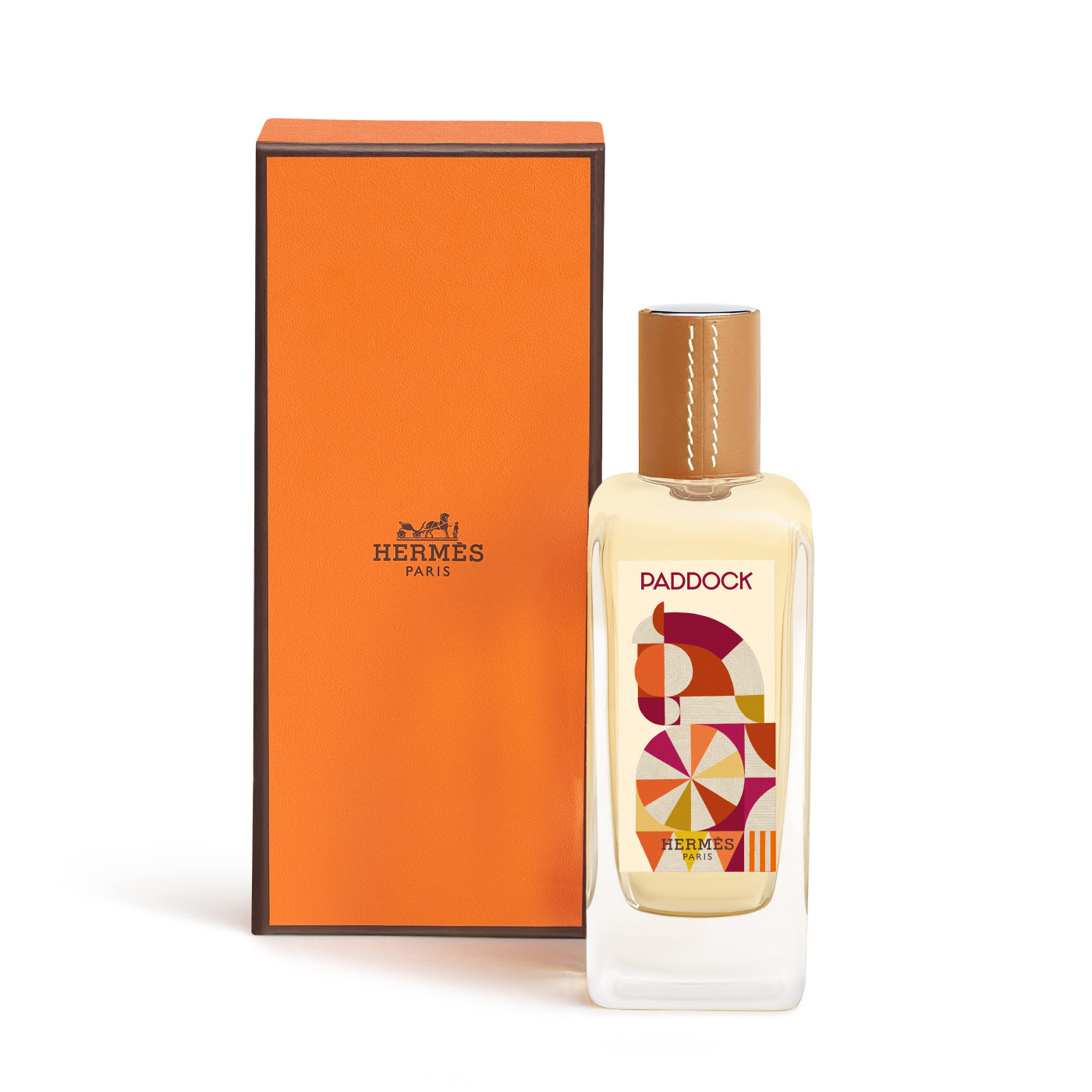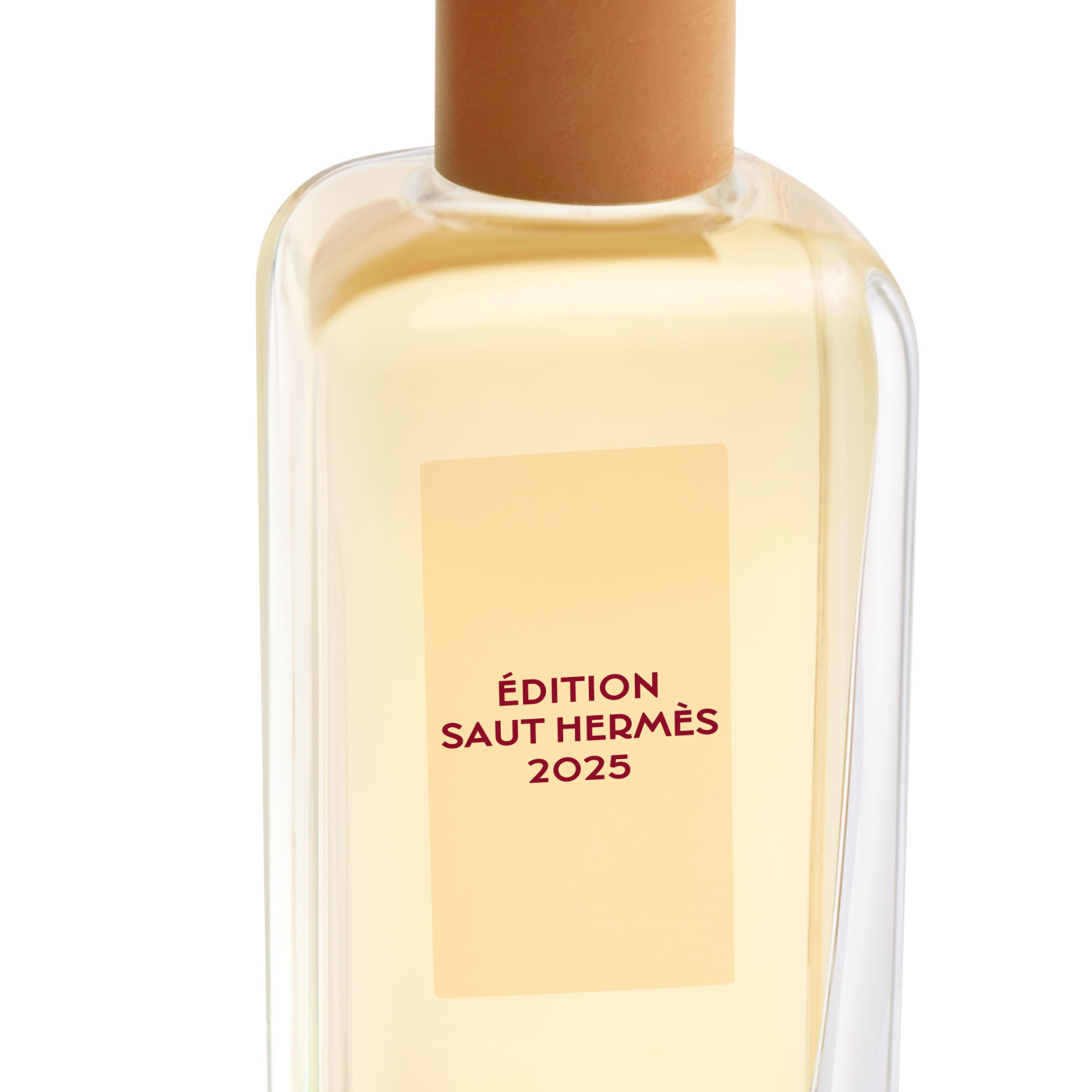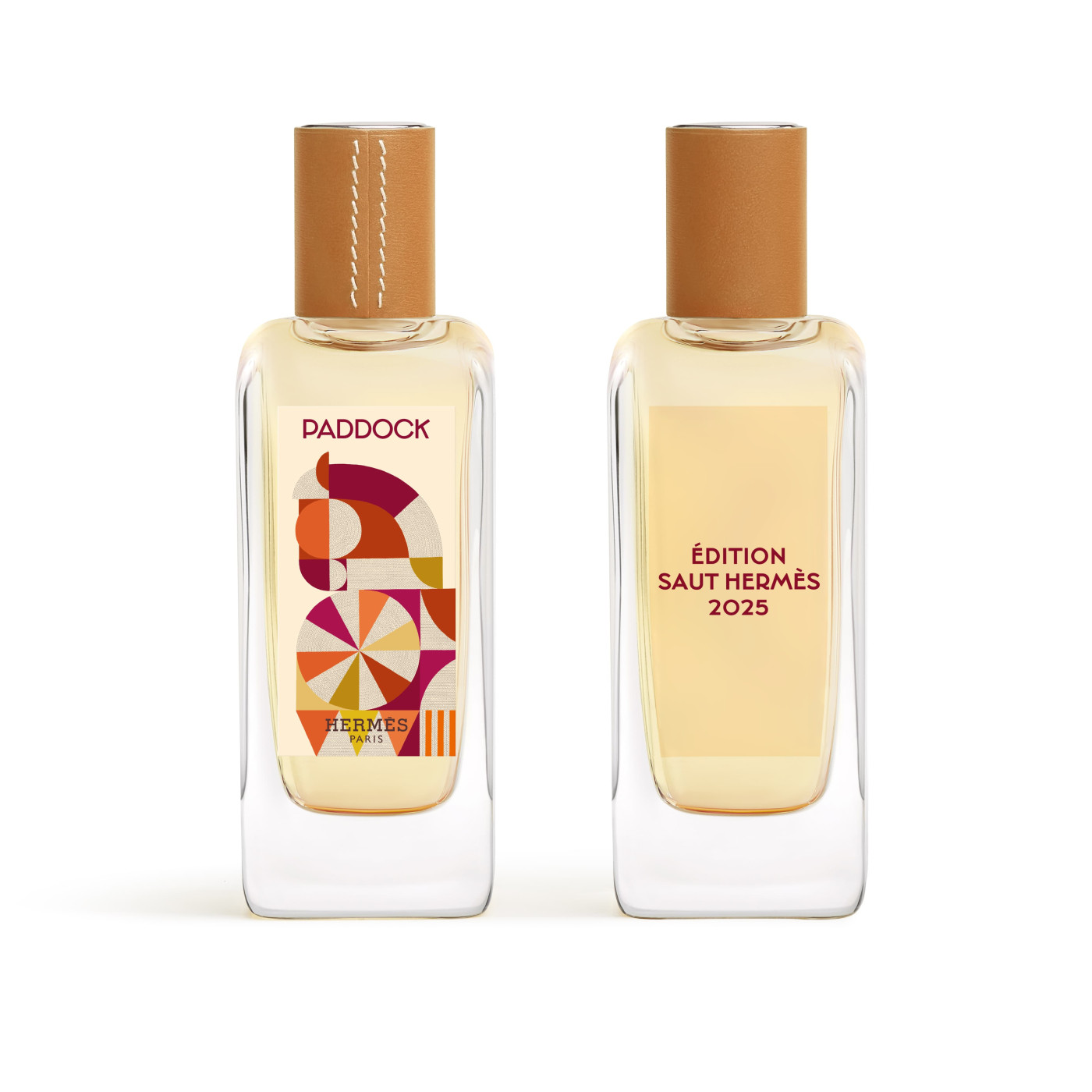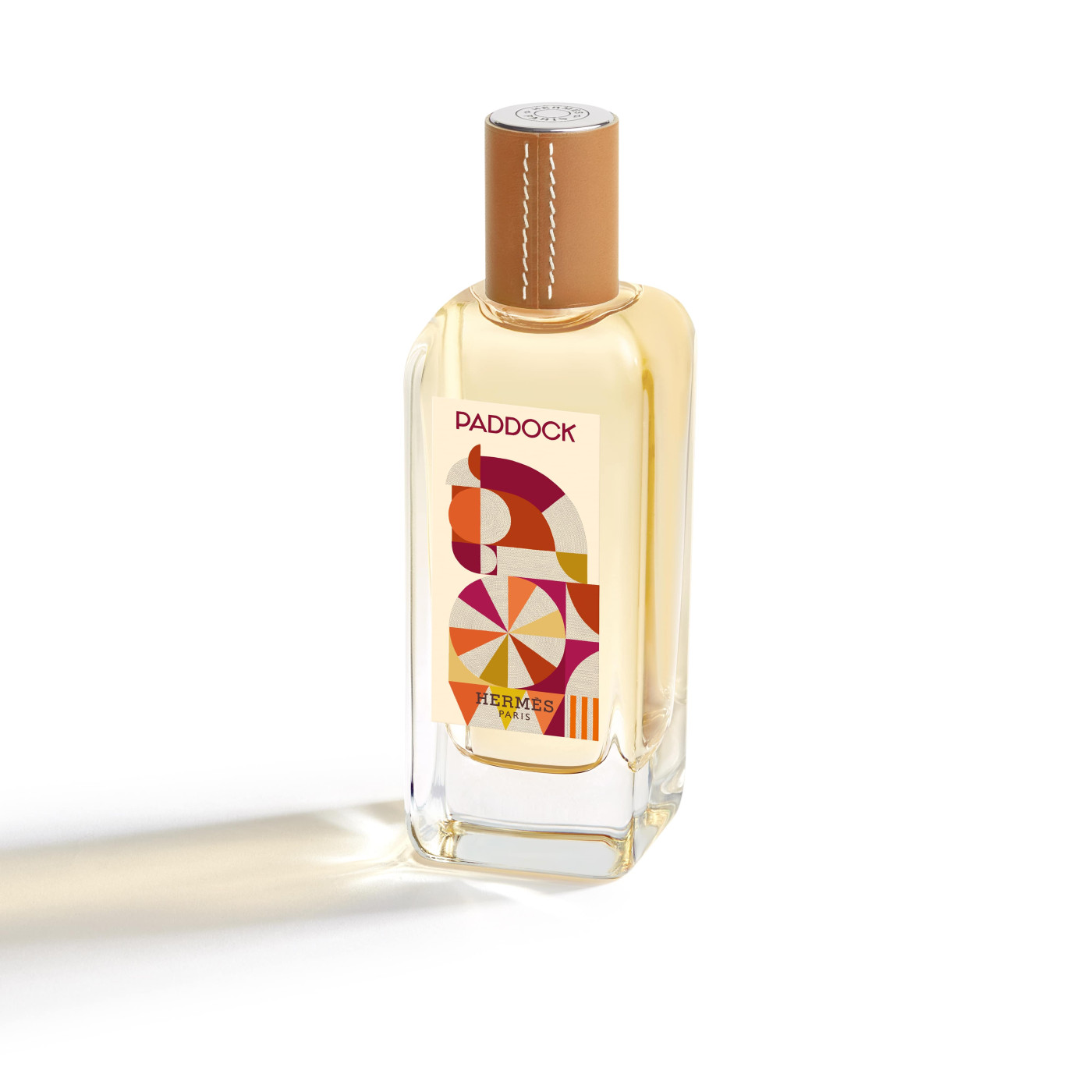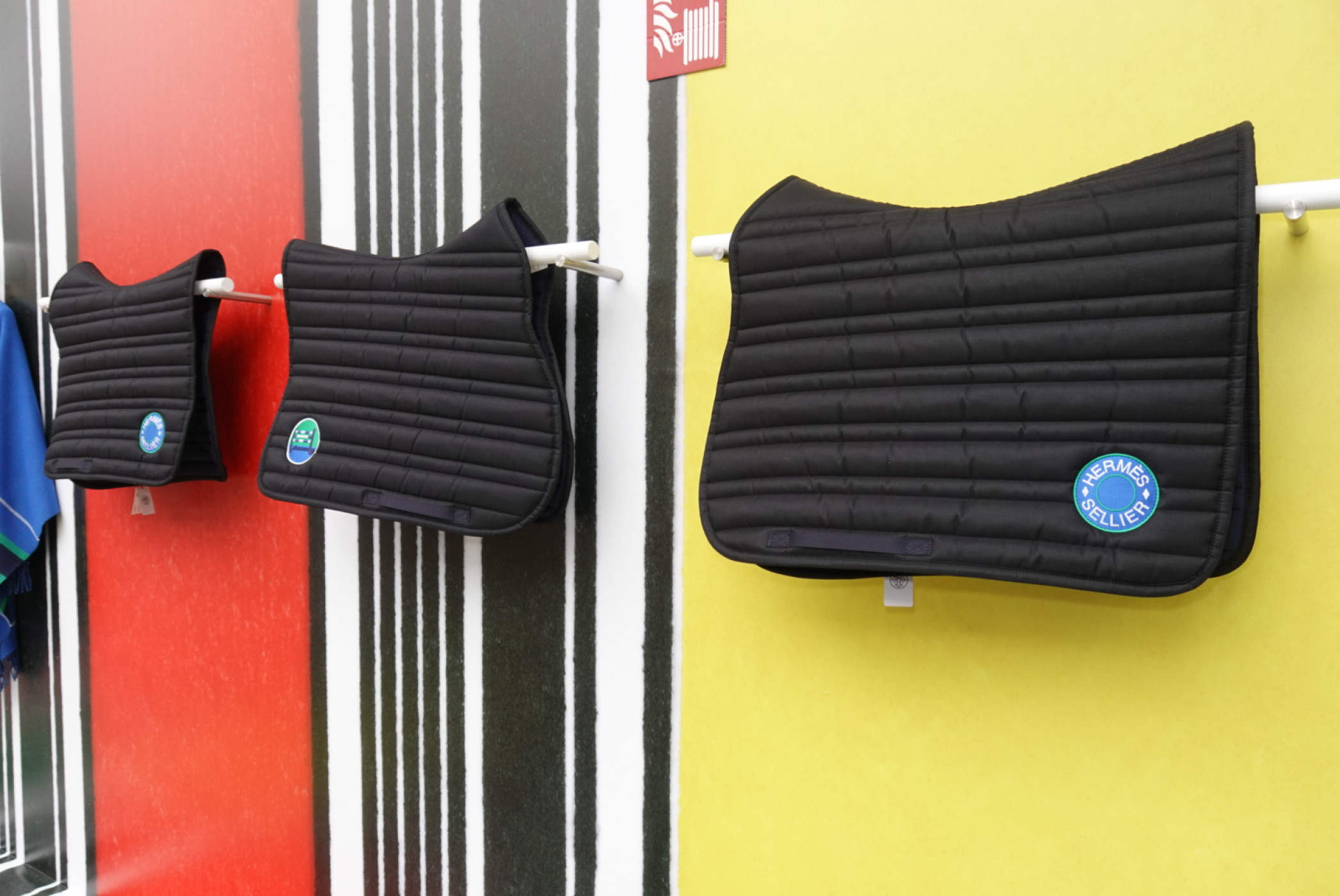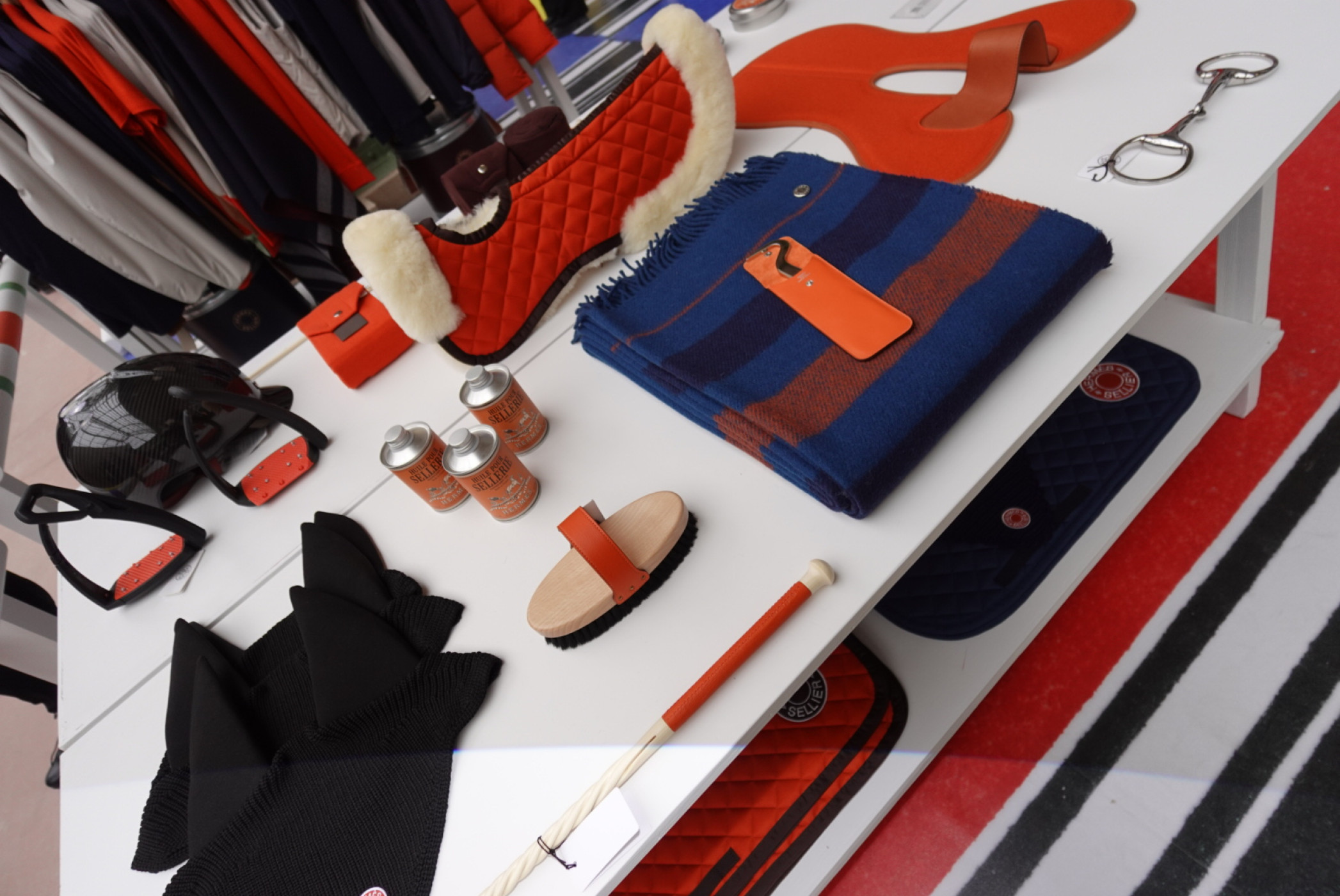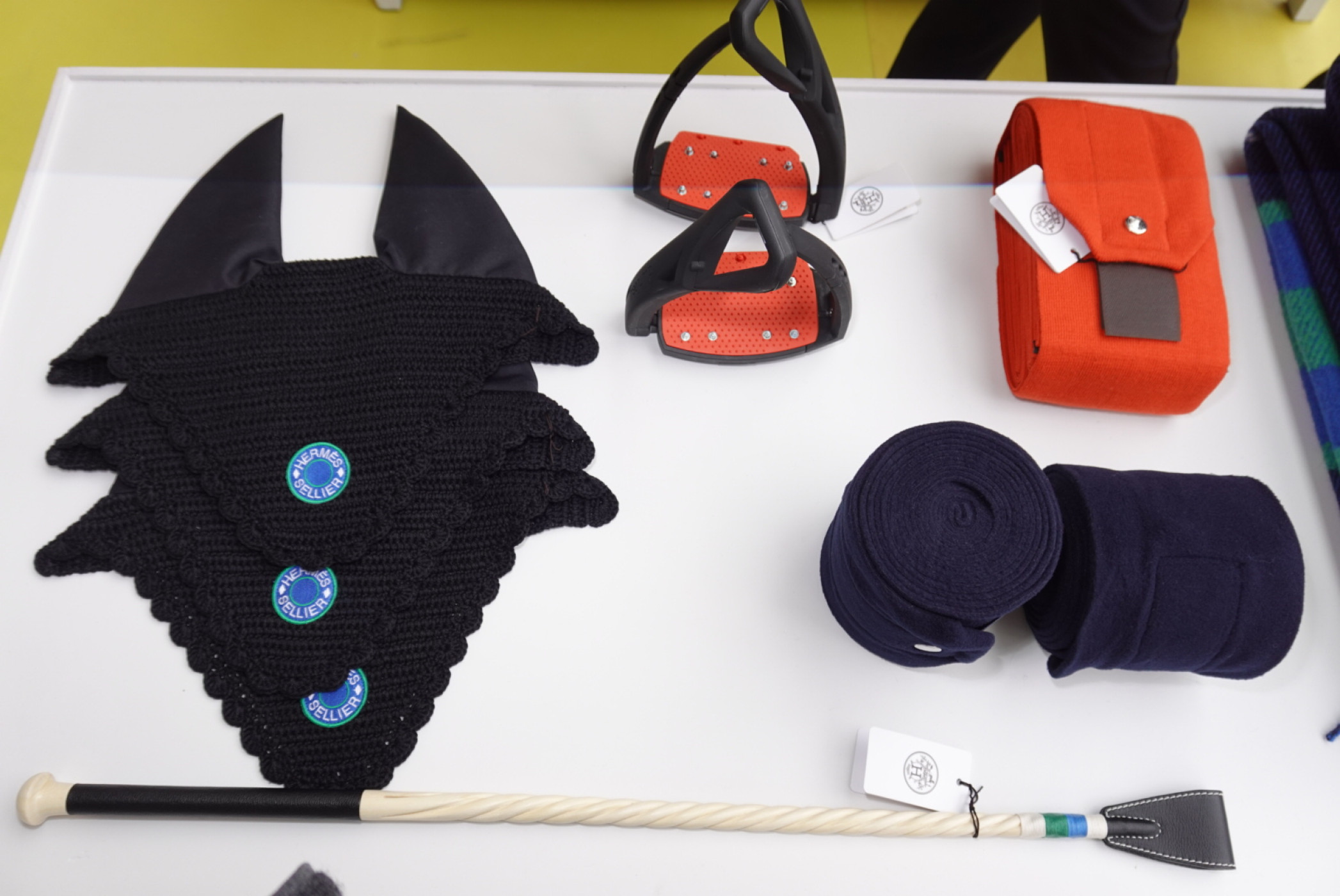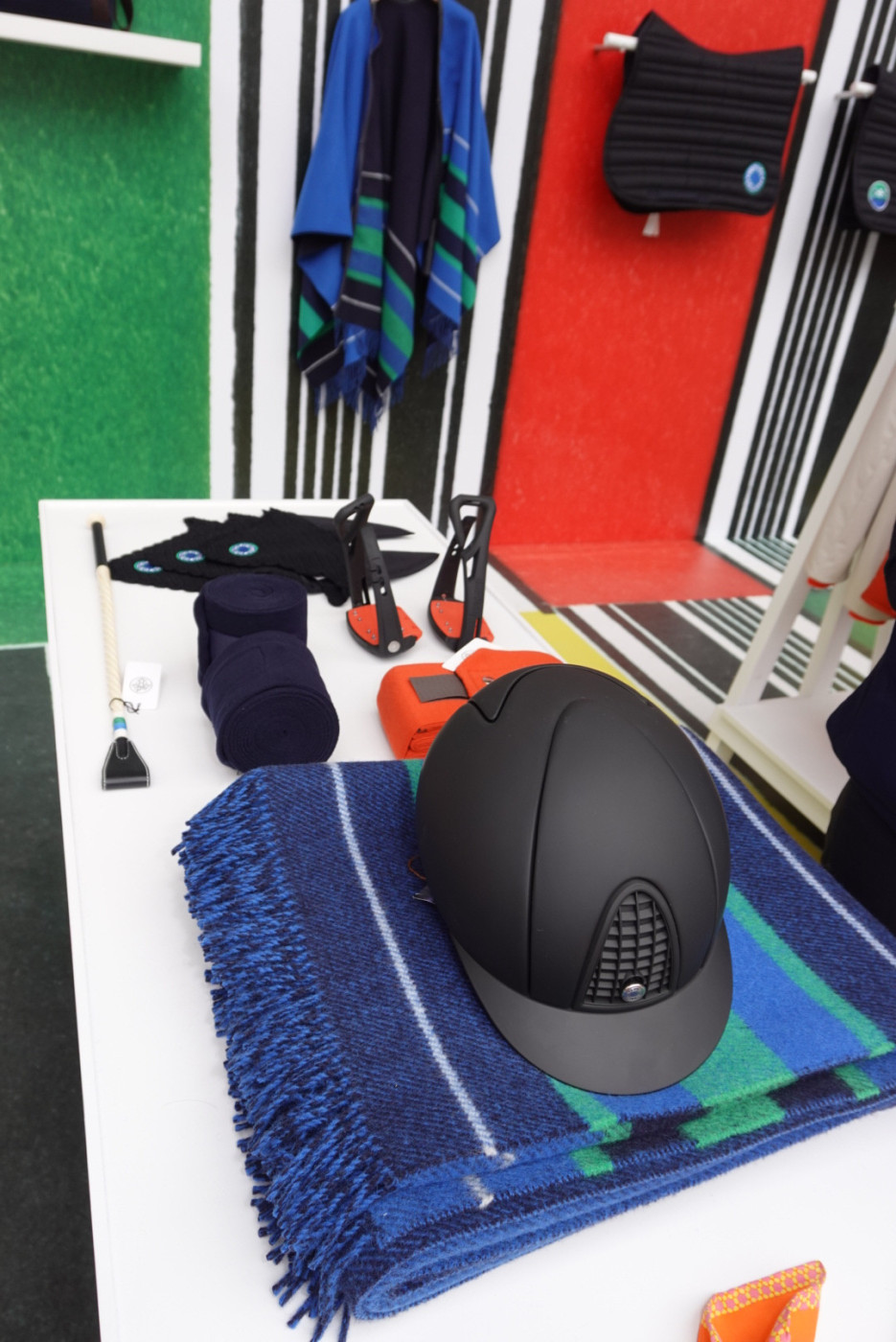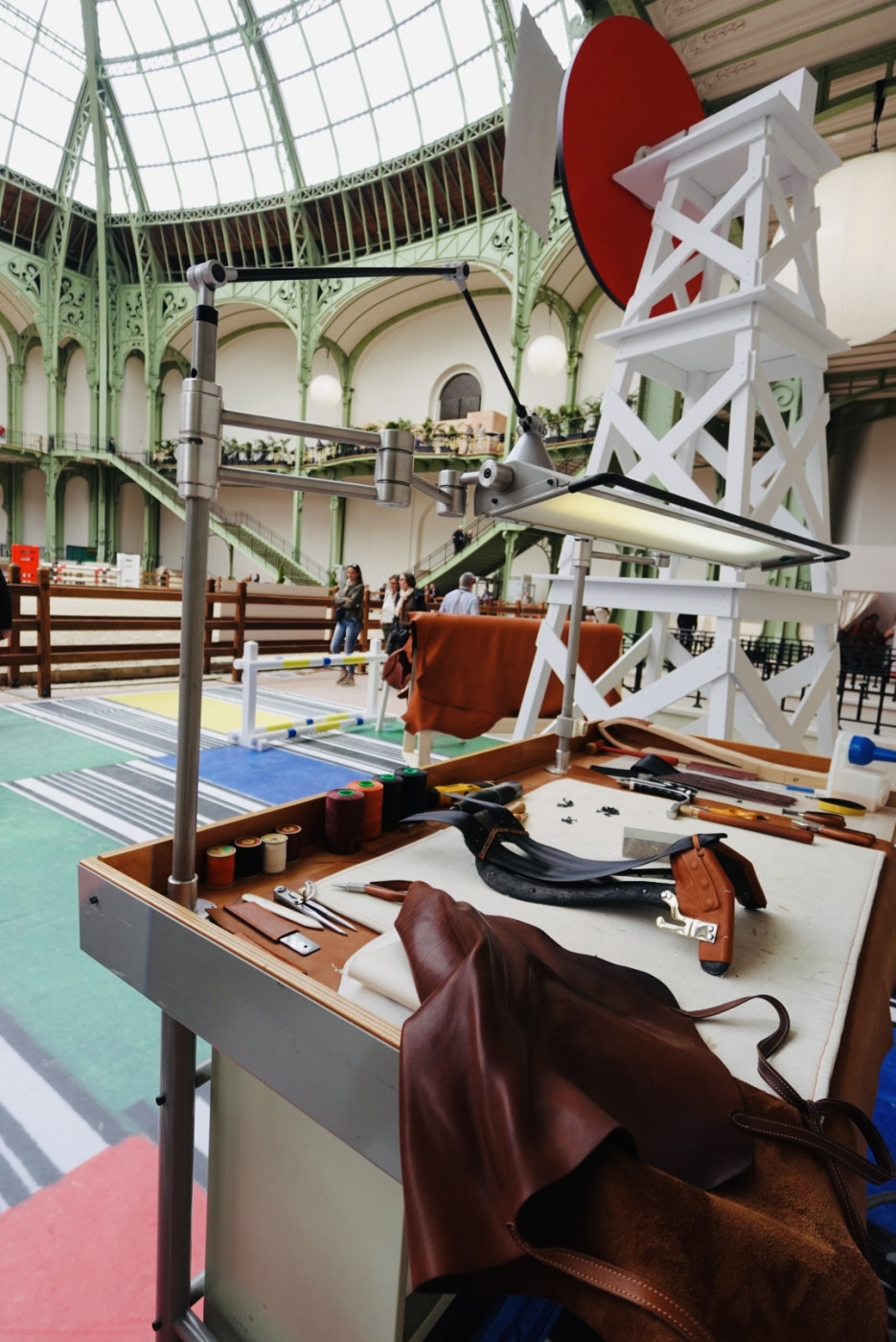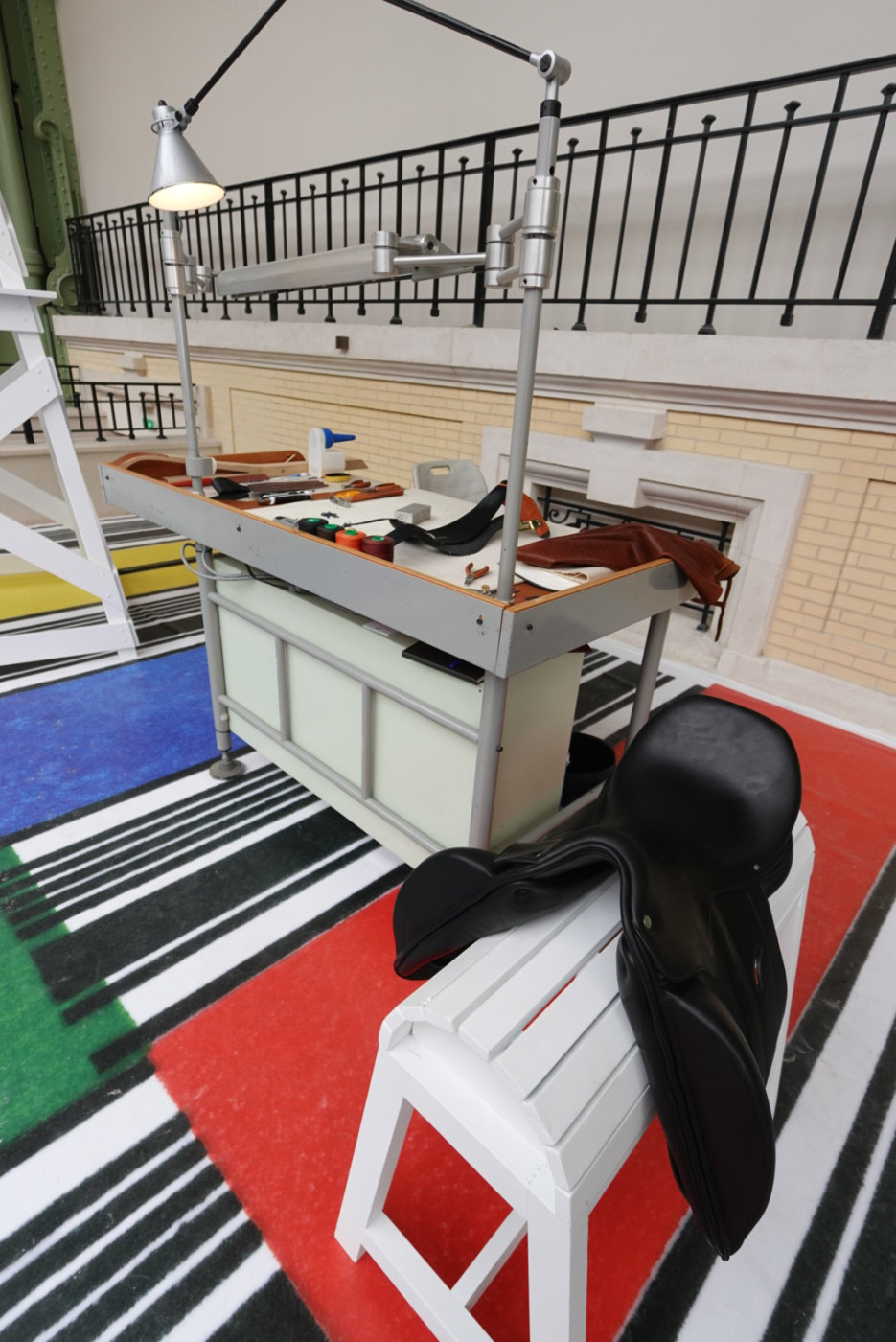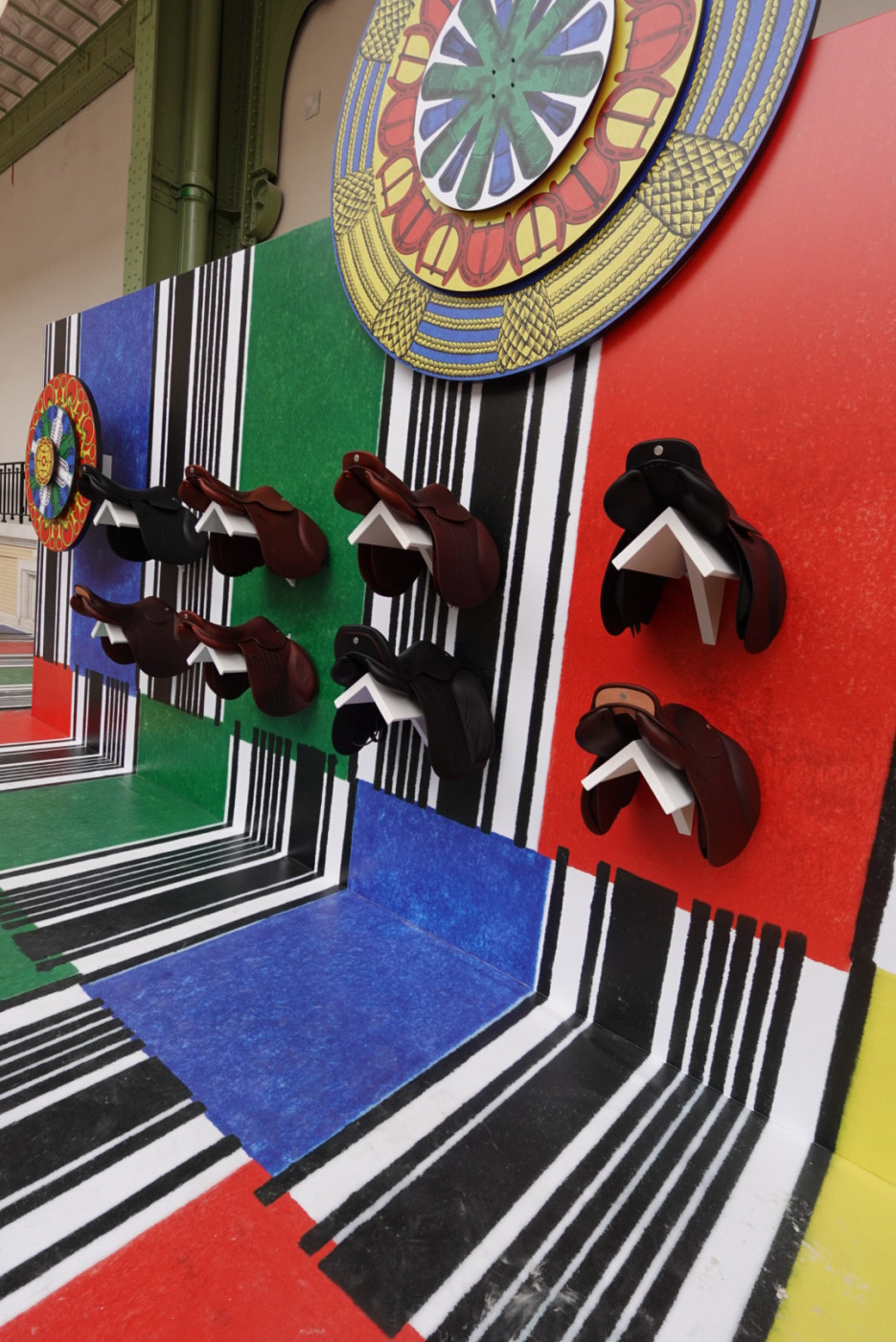
Le Saut Hermès is Back in the Grand Palais
The magic of fives defined this year’s main Parisian show jumping competition, held under the sponsorship of the Hermès house: after five years of the Grand Palais’ reconstruction, Le Saut Hermès returned beneath its glass domes, and this year the competition was held for the 15th time. These milestones set an elevated tone for the entire event and it seemed that even the horses could sense the collective joy and significance of this moment.
The horses are generally the first topic of conversation when it comes to Le Saut Hermès — they are exceptional in every way, including their beauty and their price. It’s also worth noting that some of their owners are among the top clients of the Hermès house. The riders are equally impressive: there were 56 riders from 18 nations competing in the CSI 5*, the highest category classified by the French Equestrian Federation (FFE) and the International Equestrian Federation (FEI). Additionally, 20 promising young talents took part in the Talents Hermès events for those under 25. CSI 5* is a five-star event, making it the highest category of difficulty, and the points scored here contribute to the world championship rankings. The competition spans the whole weekend, with the main prize awarded on the last day.
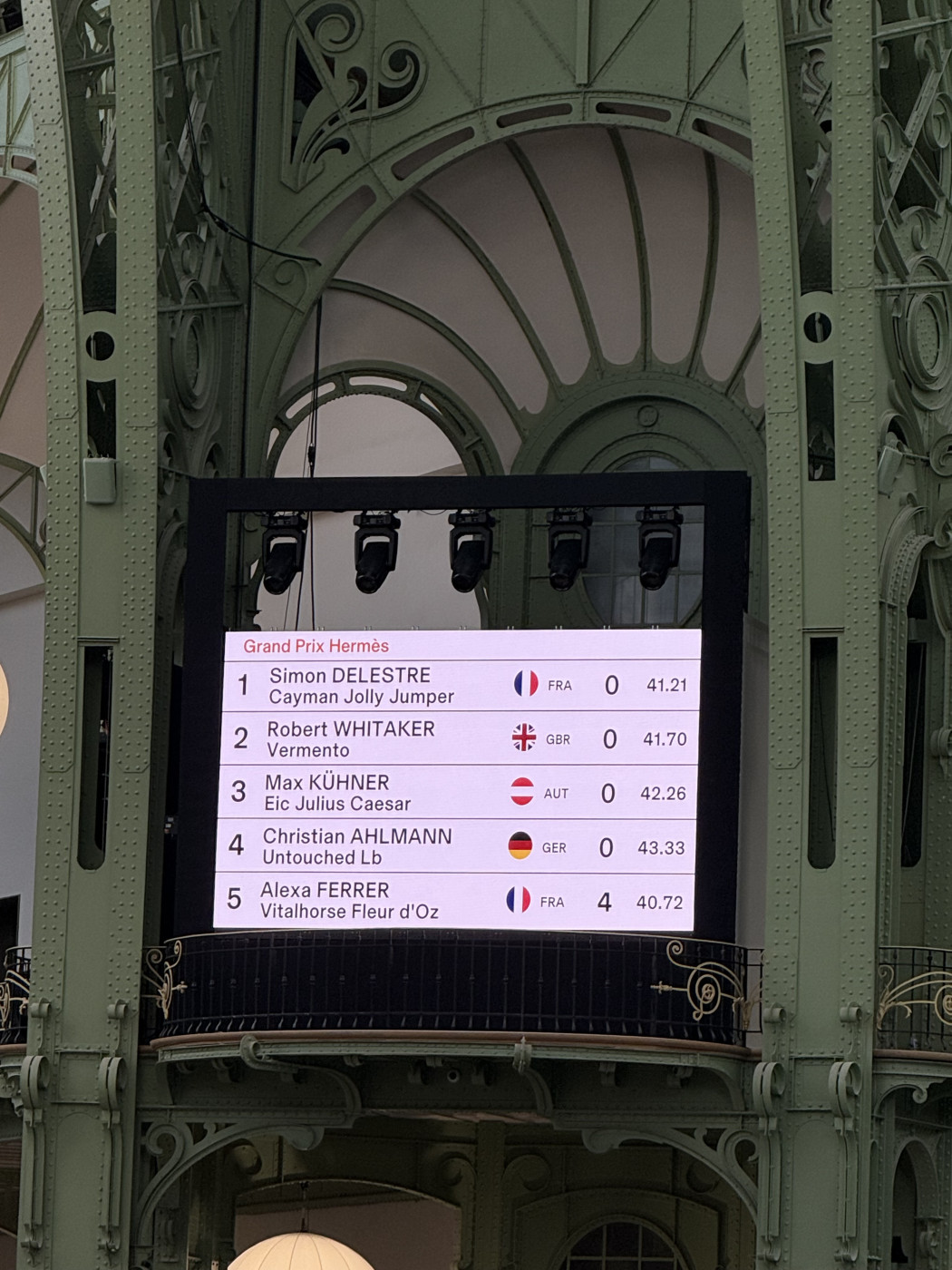
This year's participants include several riders from the top ten of the world ranking. The highest-ranked, in 4th position, was the Swiss rider Martin Fuchs. Riding Commissar Pezi, a 12-year-old gelding, he secured a victory in the Prix du Grand Palais, a two-phase event set at 1.45m, held by Le Saut Hermès on March 21. He finished a tenth of a second ahead of Luxembourg’s Victor Bettendorf, who was riding Cancun Torel Z. On the same evening, Fuchs lost first place in the Prix Hermès Sellier, a qualifier for Sunday’s Grand Prix Hermès, to Belgian rider Gilles Thomas (ranked 24th in the world), who was riding Qalista DN, a 9-year-old BWP mare.

On the following day, which was a Saturday, March 22, Martin Fuchs again came in second at Le Saut Hermès, the same name event as the entire competition. The event was won by the French rider Jeanne Sadran, 23, who is ranked 83rd in the world and 4th in the under-25 ranking. The native of Toulouse, Sadran has been a Hermès Partner Rider for the past few months. She shared her success with her horse, Dexter de Kerglenn, a 12-year-old French Saddle stallion: “This is my Grand Palais debut and I’m very pleased with this victory and the fact that I’ve been able to thank the Hermès house, which is now supporting me. Dexter is a machine. I think he’s one of the best horses in the world. He has all the necessary characteristics. I also feel increasingly confident in myself and I’ve managed to gain experience”. Sadran became the real star of the Saturday competitions and everyone was eagerly anticipating her performance on Sunday at the Grand Prix Hermès, the main event of the whole weekend.
By the evening of Sunday, March 23, when the Grand Prix Hermès began, everything escalated — the obstacles (1.60 m, the highest), the prize fund (400 thousand euros), and, of course, the tension, which reached a dramatic level. This was evident from the number of rider and horse pairs who did not finish the course, the highest of all the days and events. Horses refused to jump, dropped out of the race, or literally knocked down an entire barrier and almost unseated the rider. Jeanne Sadran also failed to complete the course as her horse Dexter simply stalled before the obstacle. However, her trainer, also a Hermès Partner Rider, the Frenchman Simon Delestre, ranked 12th in the world, managed to handle Cayman Jolly Jumper, a 13-year-old French Saddle gelding, who was rearing up and generally showing poor temper before the start. Delestre was named the winner of the Grand Prix Hermès, becoming the first rider to win the event three times. The only person who could have stopped him from setting this record was his compatriot Alexa Ferrer. With her horse, Vitalhorse Fleur d’Oz, she was 0.49 seconds faster but knocked down the final fence to finish fifth, albeit with an incredible time of 40.72 seconds. It was one of the most dramatic moments as Alexa Ferrer left the arena, barely holding back her tears.
But Le Saut Hermès is not just about the races; it’s about everything that surrounds them, creating a truly unique atmosphere. One standout feature is the stage design. This year, it featured the “Rocabar de Rire” scarf design by Dimitri Rybaltchenko, one of the brand’s permanent artists. He transformed it into a massive 10 by 34-meter format, with the tongue-tied horse looking on with a bit of irony at Hermès guests enjoying the Saturday night party. The same design adorned a large cashmere and silk shawl, which Hermès released specifically for the 15th Le Saut, in the new blue and brown colours. This year, they reintroduced the Paddock fragrance.
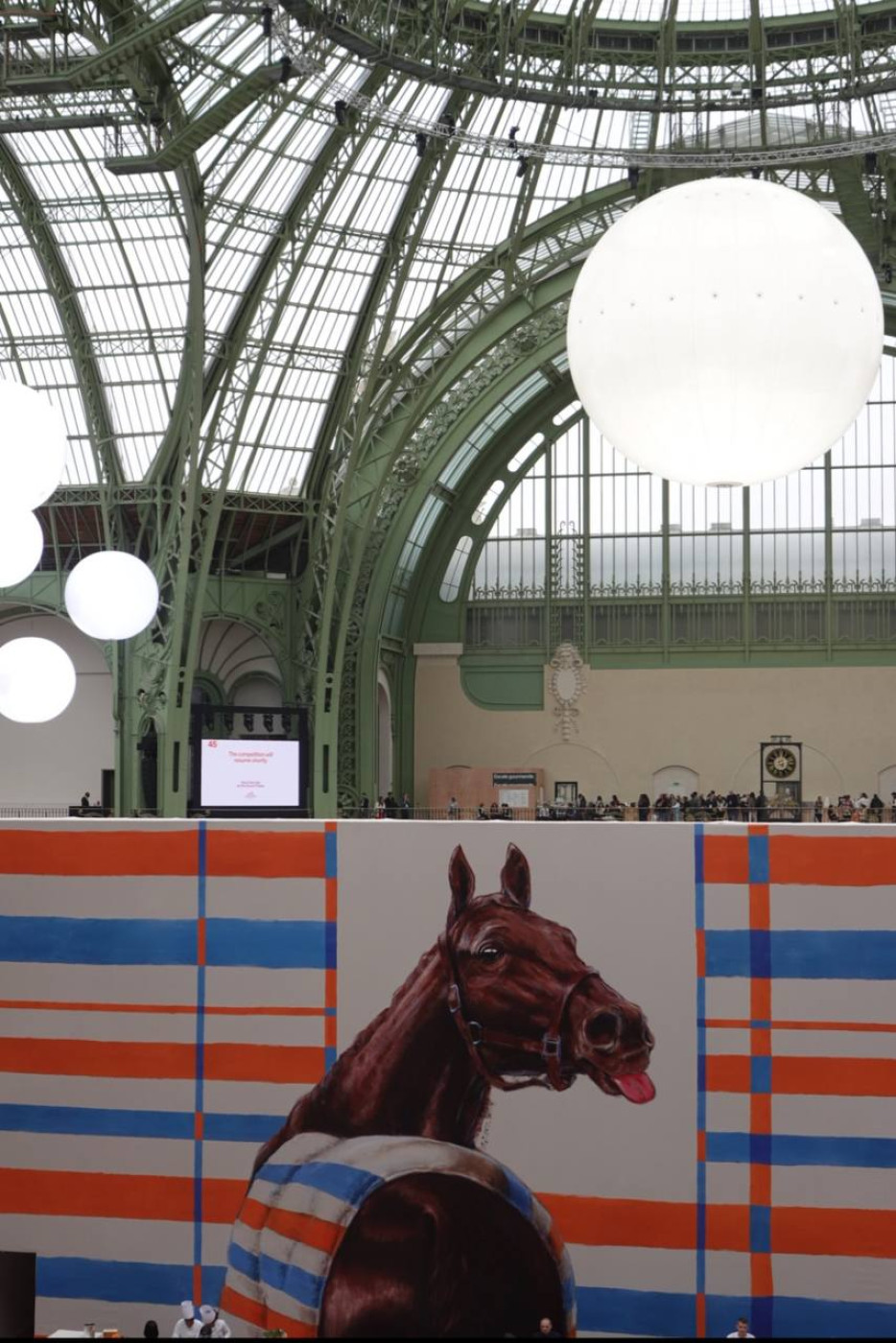
The Paddock fragrance, created by the house’s perfumer, Christine Nagel, for last year's competition, but with a new label. The Hermès pop-up store at the show featured a series of specially limited items, from scarves to leather-trimmed whips in blue.
Nearby, visitors could watch Hermès artisans crafting these whips and the Hermès saddle, and ask them any questions about the process.
And a special gift was the new performance created by Bartabas and his Le Théâtre équestre Zingaro, especially for Le Saut Hermès, called Trait de soie (Silk Thread) show. Silk, another fundamental métier of the Hermès house, along with the horses and horse harnesses. The long, multi-coloured silk trains trailed behind the riders like polychromatic fireworks tracing the air. This added a special beauty and poetry to everything that happened throughout these three days under the glass vaults of the Grand Palais in the most Hermès way possible.

Courtesy: Le Saut Hermes
Text: Elena Stafyeva


